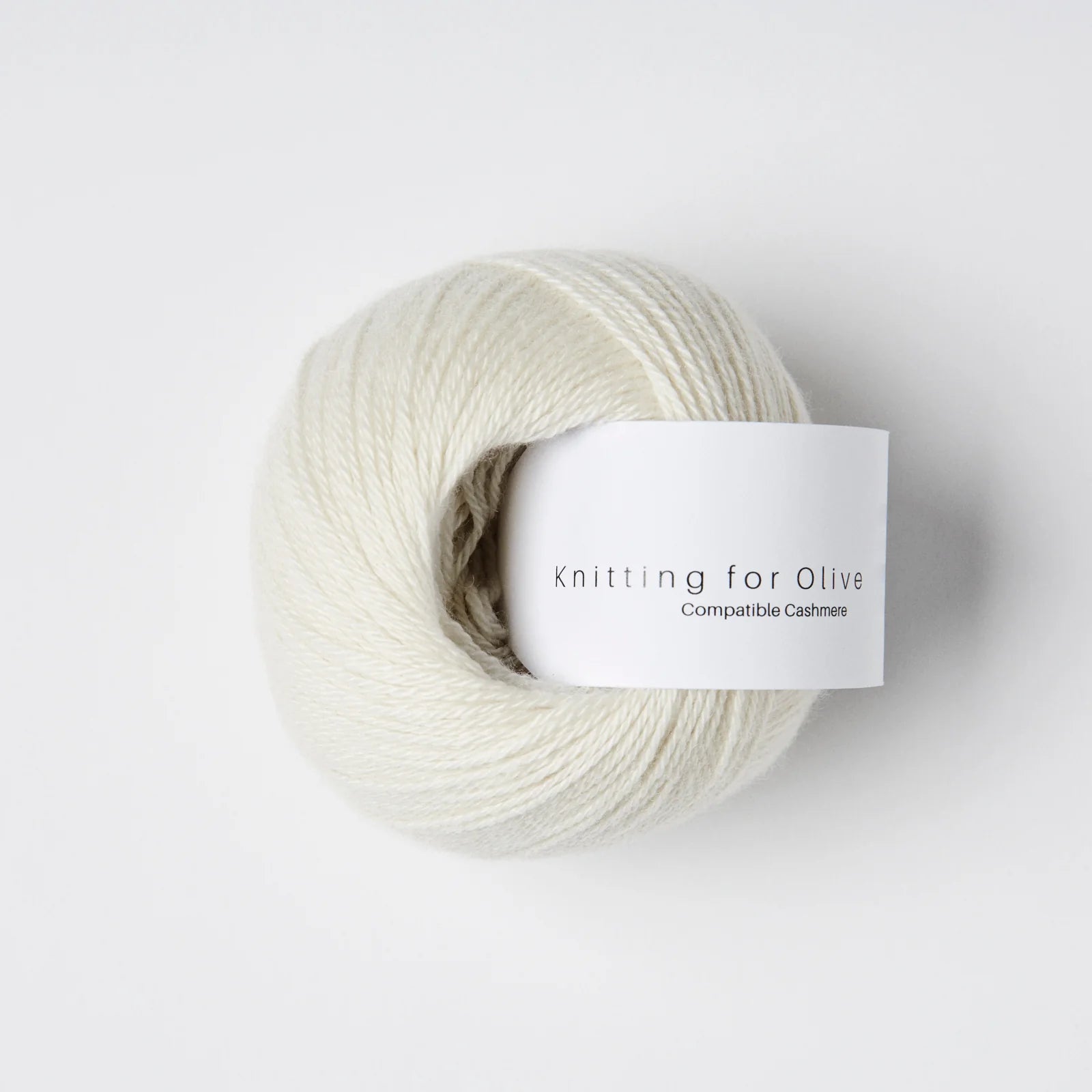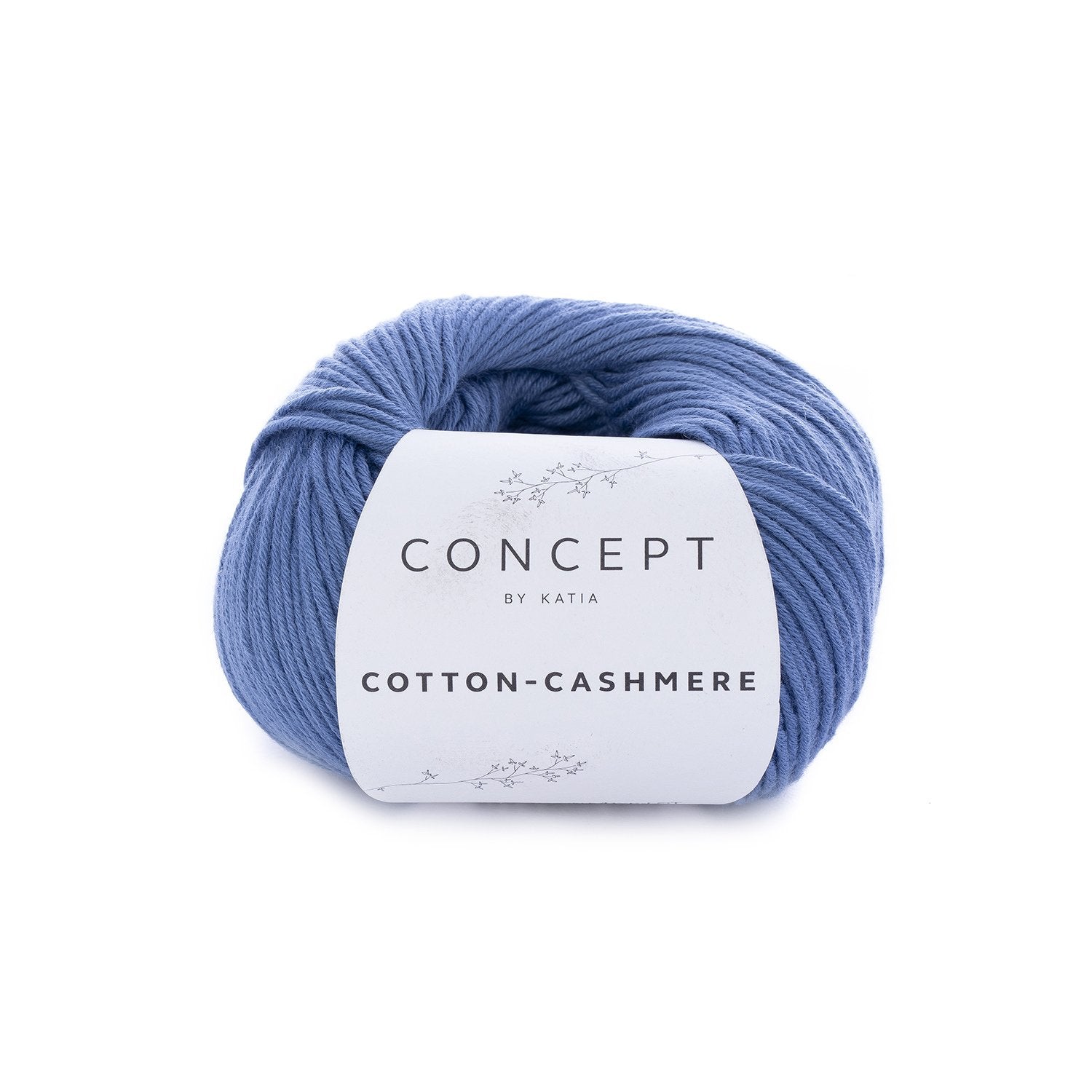Exploring the Past of cashmere and Its Role in Contemporary Fashion
Exploring the Past of cashmere and Its Role in Contemporary Fashion
Blog Article
Comprehending the Various Kinds Of Cashmere a Natural Fiber and Their Unique Advantages

The Beginnings of Cashmere: A Historical Summary
While the glamorous touch of cashmere continues to beauty modern-day customers, its origins trace back to the severe, chilly climates of Mongolia and the Himalayas. For centuries, the native peoples of these regions have been raising Capra Hircus goats, the prime source of cashmere woollen. These goats, resistant versus the serious winters months, grew a fine undercoat to make it through, which later ended up being known as cashmere.

The Production Process: From Goat to Garment
Shearing a Capra Hircus goat marks the creation of the intricate cashmere manufacturing process. This delicate procedure normally occurs annually during spring. The penalty, soft undercoat is then divided from the coarser external hair, a procedure called dehairing. The resultant raw cashmere is after that cleaned to remove contaminations such as oil, veggie, and dirt matter.
The tidy fiber is subjected to coloring, spinning, and weaving, or knitting, to transform it right into a material. Complex procedures such as quality assurance checks and completing procedures comply with, guaranteeing the end item maintains the elegant criterion anticipated of cashmere. This painstaking process, from goat to garment, validates the high cost attached to cashmere items, making them a sign of high-end and refinement.
The Various Kinds of Cashmere: A Thorough Analysis

The Special Advantages of Cashmere: Comfort and Sustainability
Relocating from the range of cashmere types to the advantages they use, comfort and sustainability stand apart plainly. Cashmere, a natural fiber, is renowned for its unparalleled soft qualities, supplying a degree of convenience that artificial fibers can not match. The material's lightness, yet outstanding warmth retention, makes it excellent for all periods. Additionally, cashmere's natural flexibility permits it to go back to its original shape, making it resistant to extending or diminishing.
When it pertains to sustainability, cashmere is eco-friendly and renewable, as it's gathered from cashmere goats who regrow their coats every year. what is cashmere. Unlike synthetic fibers which can take hundreds of years to decay, cashmere's impact on the environment is minimal. This mix of convenience and sustainability makes cashmere a beneficial option for mindful consumers

Taking Care Of Your Cashmere: Maintenance and Preservation Tips
While cashmere is certainly a sustainable and extravagant option, it requires particular like keep its top quality and prolong its lifespan. To begin, cashmere ought to be hand washed using cold water and a light cleaning agent. Avoid wringing the garment or turning as it can damage the fibers. Rather, gently press out excess water and lay it flat on a towel to completely dry. Additionally, cashmere products must be saved in a cool and completely dry area, away from direct sunlight and wetness. Making use of moth repellents can protect these garments from possible damages. It's recommended to stay clear of hanging cashmere to avoid stretching. Instead, layer and shop them effectively to keep their shape and high quality with time.
Buying Cashmere: Comprehending Its Value and Well Worth
Although cashmere may at first seem like an expensive financial investment, its lasting value and worth ended up being evident when you consider its impressive top qualities. Understood for its unequaled softness and warmth, cashmere is a premium all-natural Read Full Article fiber that exceeds various other products. Spending in cashmere, consequently, is not just regarding present fashion trends, however concerning welcoming a sustainable, durable, and elegant lifestyle.
Conclusion
In recap, the sort of cashmere one selects, be it Mongolian, Chinese, or Italian, is determined by specific preferences for heat, luxury, you can find out more spending plan, and sustainability. The value of cashmere prolongs past its price, with convenience and longevity including to its worth. Appropriate treatment and upkeep can guarantee its preservation. Comprehending the origins, production process, and special benefits of various kinds of cashmere can direct customers in their financial investment in this elegant natural fiber.
Whether it's the remarkable heat of Mongolian cashmere, the affordability of Chinese cashmere, or the eco-conscious manufacturing of Italian cashmere, there's a story to be discovered behind each fiber kind. Cashmere, a natural fiber, is renowned for its exceptional soft qualities, providing a level of convenience that artificial fibers can't match.When it comes to sustainability, cashmere is biodegradable and sustainable, as it's gathered from cashmere goats who regrow their layers yearly. Known for its unmatched gentleness and warmth, cashmere is see this a premium all-natural fiber that surpasses other products. Understanding the origins, production procedure, and one-of-a-kind benefits of various types of cashmere can guide consumers in their investment in this luxurious natural fiber.
Report this page